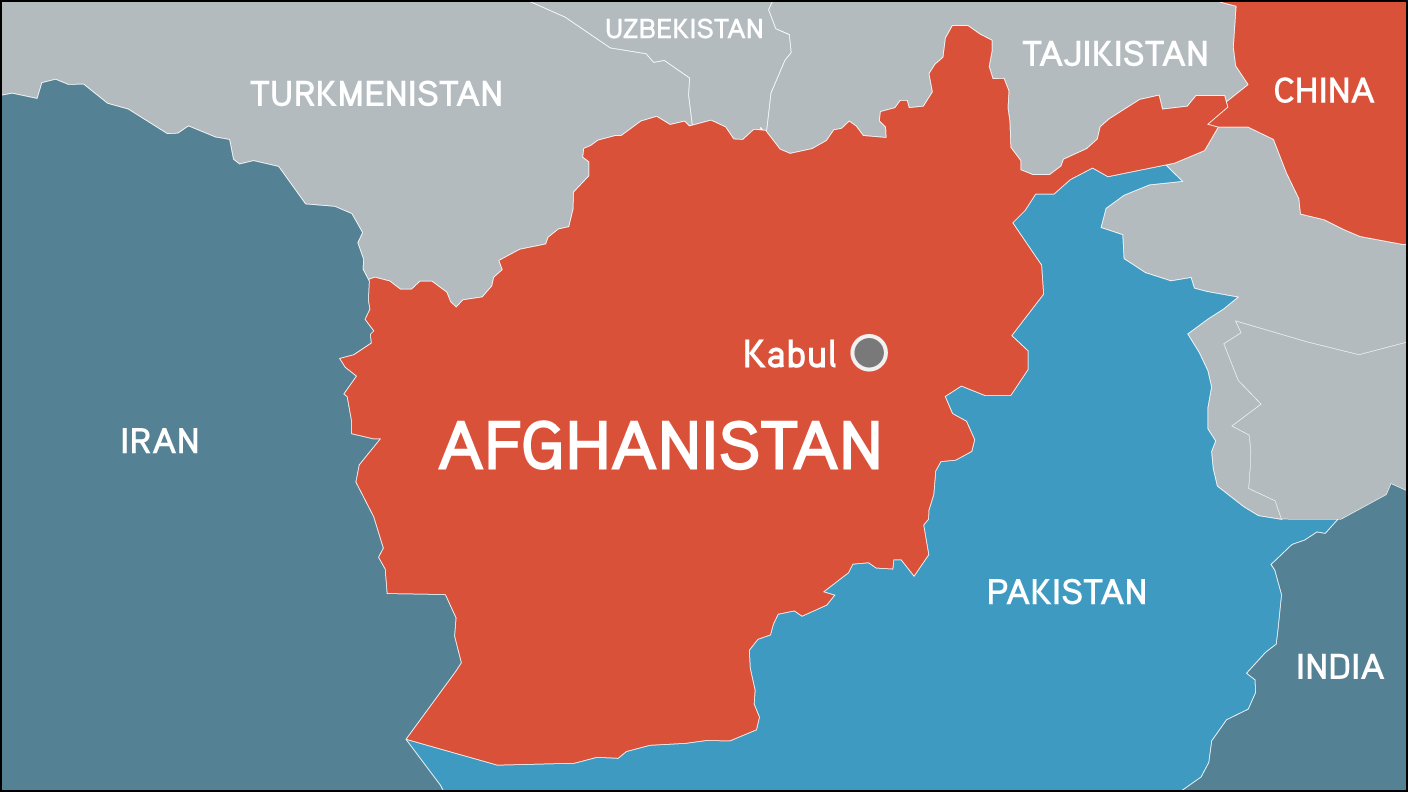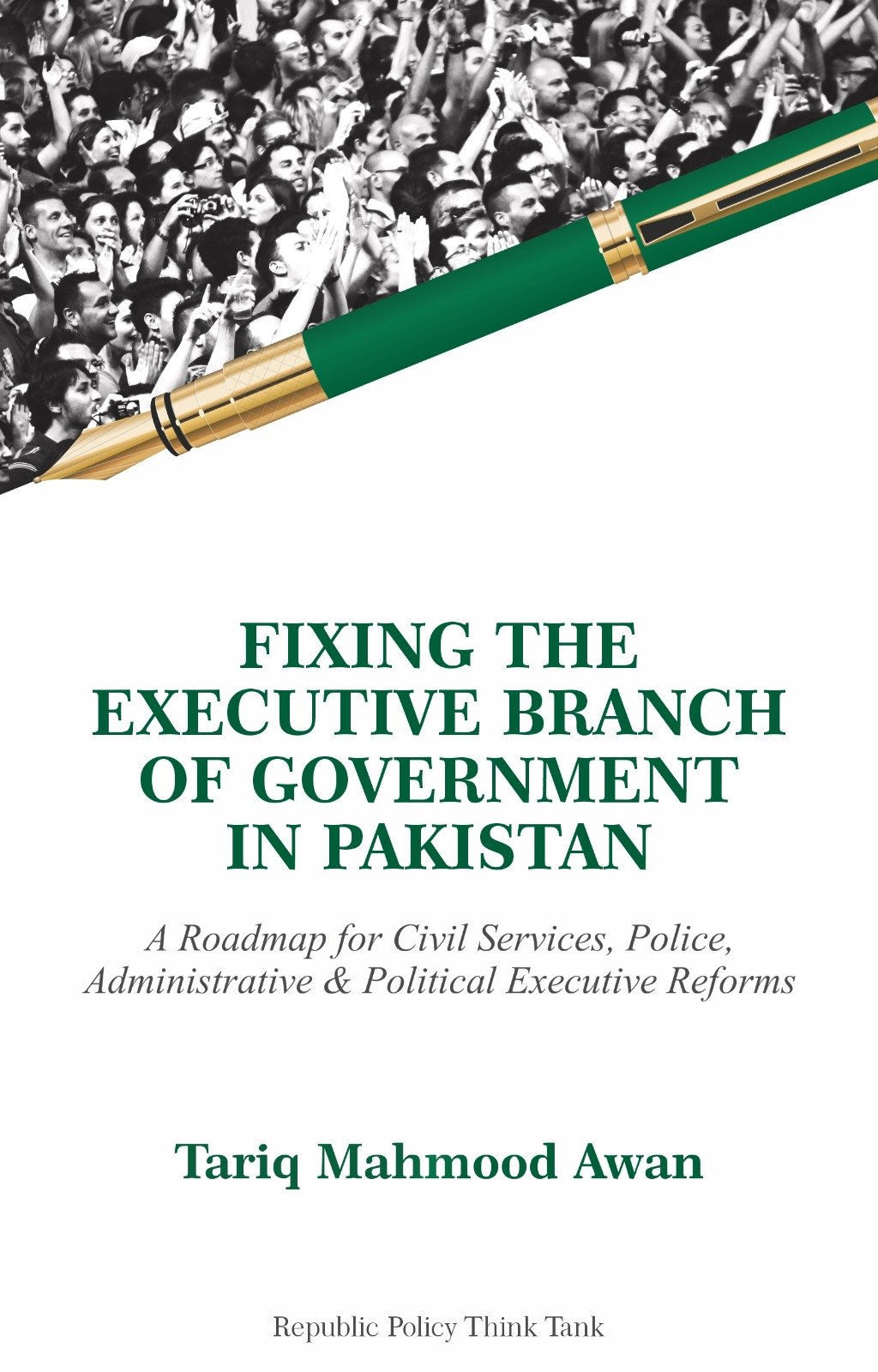Ramzan Sheikh
New Zealand’s dominant 4-1 victory over Pakistan in the T20 series is more than just a setback—it is a stark reminder of the deep-rooted problems plaguing Pakistani cricket. The series defeat underlines that the issues facing the team are not merely cosmetic but deeply structural. In a sport that requires discipline, consistency, and long-term strategy, Pakistan cricket’s reliance on superficial changes—such as frequent captaincy changes or player rotation—has failed to deliver results. The time has come for a complete overhaul, but sadly, it seems the Pakistan Cricket Board (PCB) continues to focus on the surface while neglecting the real problems.
Pakistan’s cricket team, despite having an abundance of raw talent, is underperforming at the international level. The 2017 Champions Trophy should have been a moment of pride, not only because it marked Pakistan’s return home after 30 years but also because it presented an opportunity to build on a historic win. Yet, the tournament was a microcosm of the larger malaise affecting Pakistan cricket—unpredictable performances, inconsistent results, and a team struggling to live up to its potential.
The tour of New Zealand offered no respite. Pakistan failed in all but one match, where a solitary heroic performance spared them from a complete humiliation. For a country with such a rich cricketing history and an undeniable pool of talent, these failures are not just disappointing—they are symptomatic of a much deeper problem.
Off the field, the situation is just as dire. The PCB, which is supposed to provide guidance and support, is in disarray. Coaches publicly accuse each other of interference, factional politics runs rampant, and positions with little to no responsibility are handed out to former players within the inner circle. The PCB’s actions resemble the dysfunction and corruption often associated with poorly run institutions in Hollywood’s portrayal of failed states.
Instead of taking meaningful action to fix the rot within the system, the PCB resorts to cosmetic fixes. This includes rotating players in and out of the team and changing the captaincy as if these measures will suddenly reverse years of neglect and poor management. By scapegoating senior players and replacing them with younger faces without any strategic integration, the PCB is only making matters worse.
This constant reshuffling sends a confusing and contradictory message: the board claims to offer opportunities to fresh talent while simultaneously blaming experienced players for the team’s shortcomings. The problem with this approach is that it fails to address the core issues of player development, team strategy, and governance, which are crucial for long-term success. Instead, it puts unnecessary pressure on new players, who are thrust into the limelight without a clear plan for their development. Cricketing systems around the world emphasize gradual integration of young talent into the senior setup, with careful guidance and mentorship. Pakistan, however, seems to do the opposite—throwing players into the deep end without adequate support.
Pl subscribe to the YouTube channel of republicpolicy.com
The failure of these cosmetic changes is evident in Pakistan’s dismal performances. Players who are rotated in and out of the team often struggle with consistency, unable to settle into a role or develop the mental fortitude required at the highest level. The lack of long-term planning leads to a revolving door of players who don’t get the opportunity to grow and contribute in a sustained way. It is a vicious cycle: players are dropped after a few poor performances, only to be replaced by others who face the same fate, repeating the cycle of failure.
This lack of a strategic vision means that the team never really finds its balance. In contrast, teams like India, Australia, and England have demonstrated a clear path for talent development. They invest in their domestic systems, allowing players to grow, learn, and eventually make their mark on the international stage. These systems are not built overnight; they require careful planning, resources, and time. Pakistan’s system, however, appears to be in chaos, with no coherent plan for the future.
The approach of rotating players and captains not only creates instability but also damages the morale of the team. When players are constantly uncertain about their place in the squad, it becomes difficult for them to focus on improving their game. Instead, they are consumed by the pressure of meeting expectations without the necessary support.
The problems within Pakistan cricket cannot be solved by simply changing players or appointing new captains. What is needed is a complete structural overhaul. The PCB must focus on creating a stable environment where players can thrive and develop their skills over time. This requires a long-term vision and a commitment to improving the grassroots system, strengthening domestic competitions, and providing world-class coaching and facilities.
The emphasis should be on developing players who are not only talented but mentally tough and adaptable to the pressures of international cricket. The coaching staff should be allowed to work with players over an extended period, fostering a culture of consistency and discipline. Additionally, the PCB must work to create a transparent and functional system of governance, free from factionalism and infighting. Leadership should be based on merit and experience, not political connections or personal agendas.
Furthermore, there needs to be a concerted effort to ensure that the players have the psychological and emotional support needed to perform at their best. Mental health is often overlooked in cricketing cultures, but it plays a crucial role in the success of a player. A healthy and supportive environment will allow players to reach their potential and deliver consistent performances.
It is crucial for the PCB to recognize that true reform begins at the top. The board must hold itself accountable for the team’s failures and take responsibility for its role in the dysfunction. By focusing on cosmetic changes, the PCB only delays the inevitable—unless the deep-rooted issues are addressed, Pakistan cricket will continue to underperform on the global stage.
The board must also recognize the need for a collaborative approach, engaging with stakeholders across the cricketing community—former players, coaches, analysts, and fans. By fostering a culture of inclusivity and transparency, the PCB can build a stronger, more cohesive team that will be capable of competing with the best.
Pakistan cricket’s problems are much deeper than a change in captaincy or the addition of new players. The real issue lies in the dysfunction of the PCB and the lack of a long-term strategy to nurture and develop talent. Until Pakistan cricket undergoes a complete structural overhaul, the team will continue to falter on the international stage, regardless of the talent available. It’s time for the PCB to stop focusing on cosmetic fixes and start addressing the root causes of the team’s decline. Only then will Pakistan cricket have a chance to regain its former glory.















